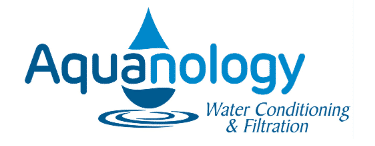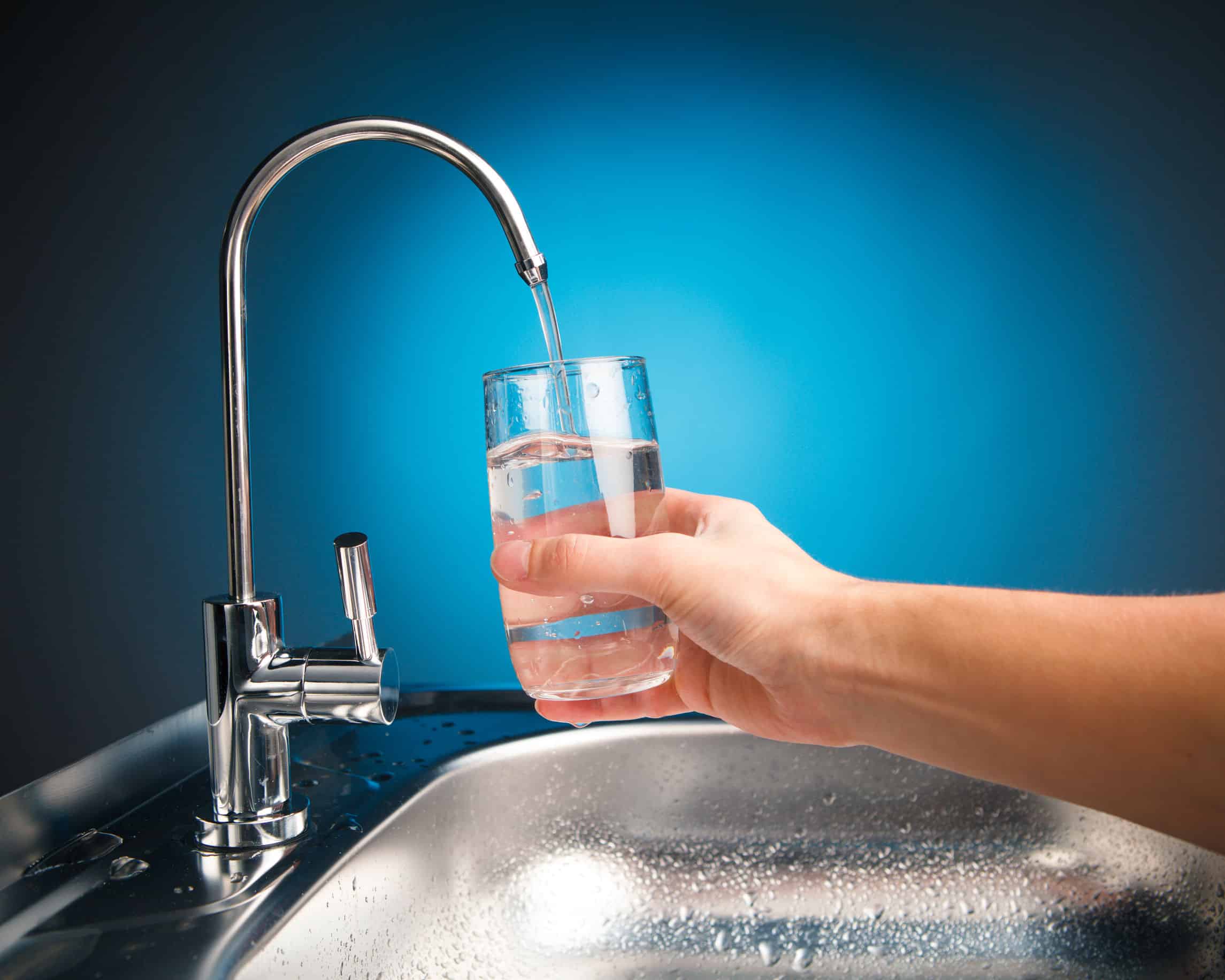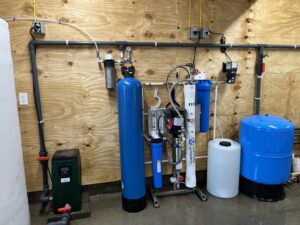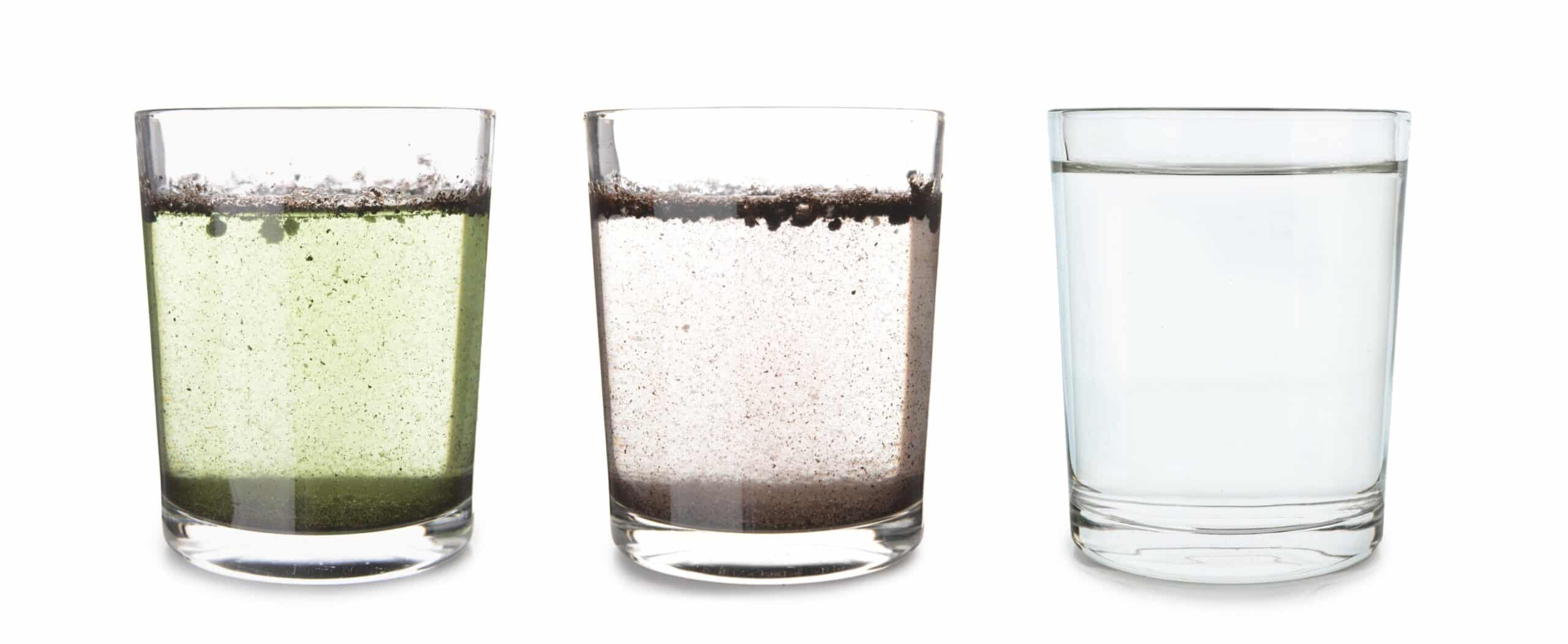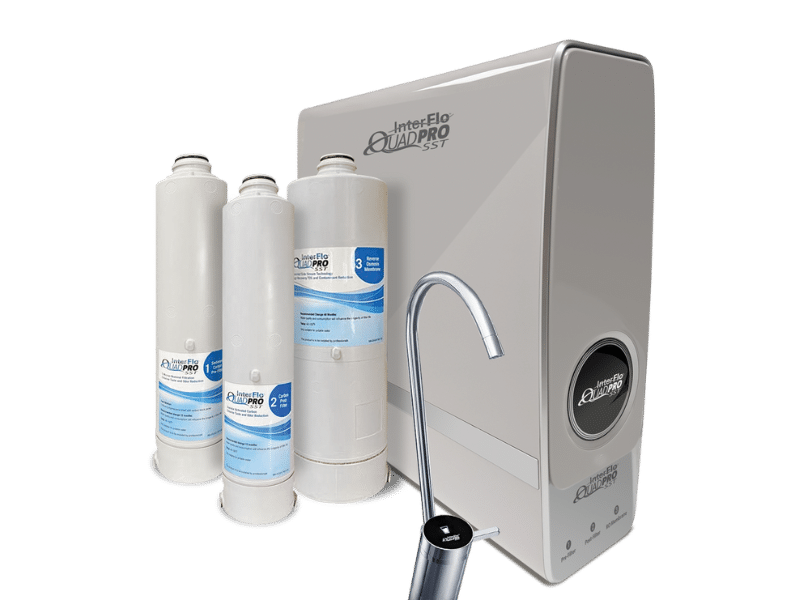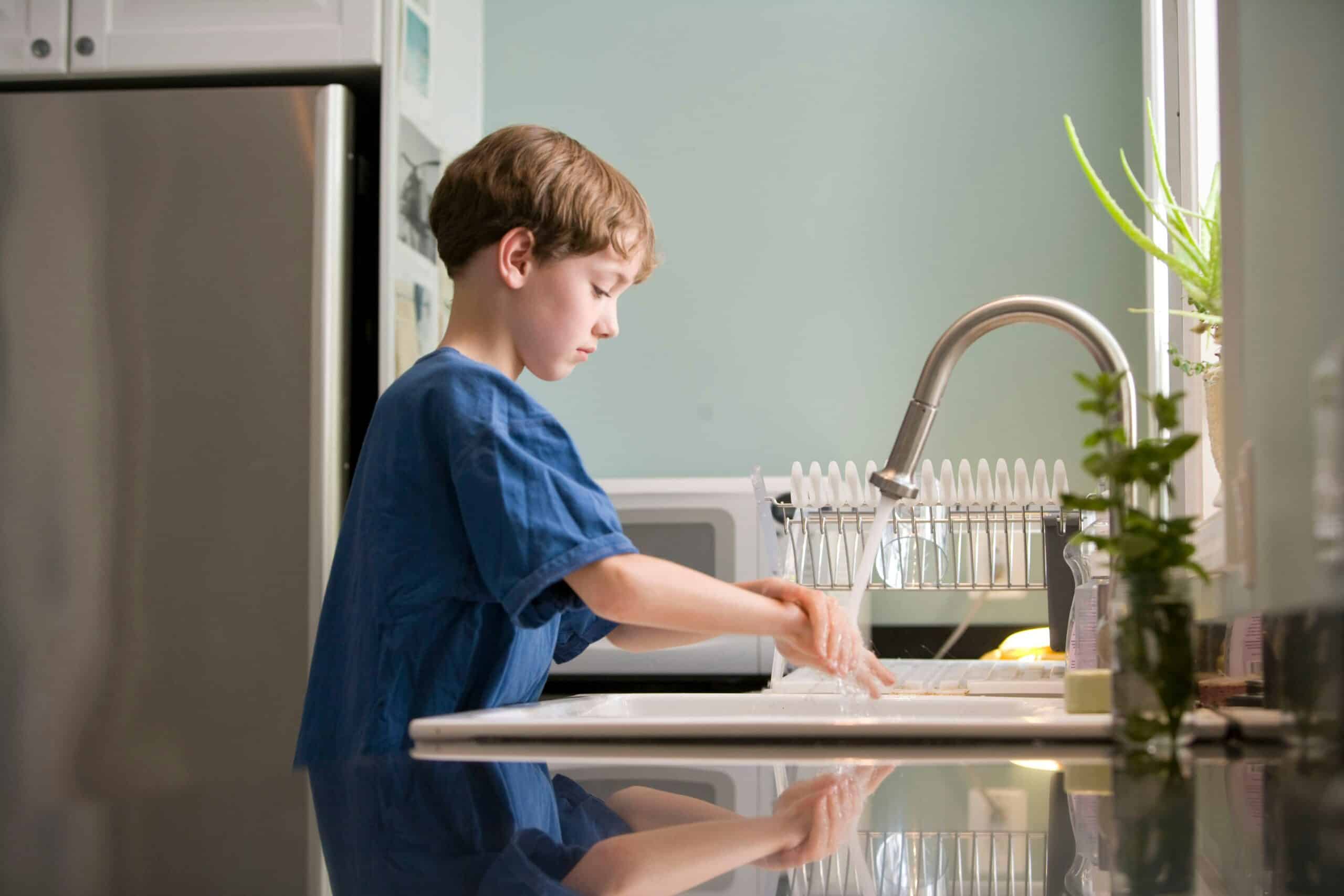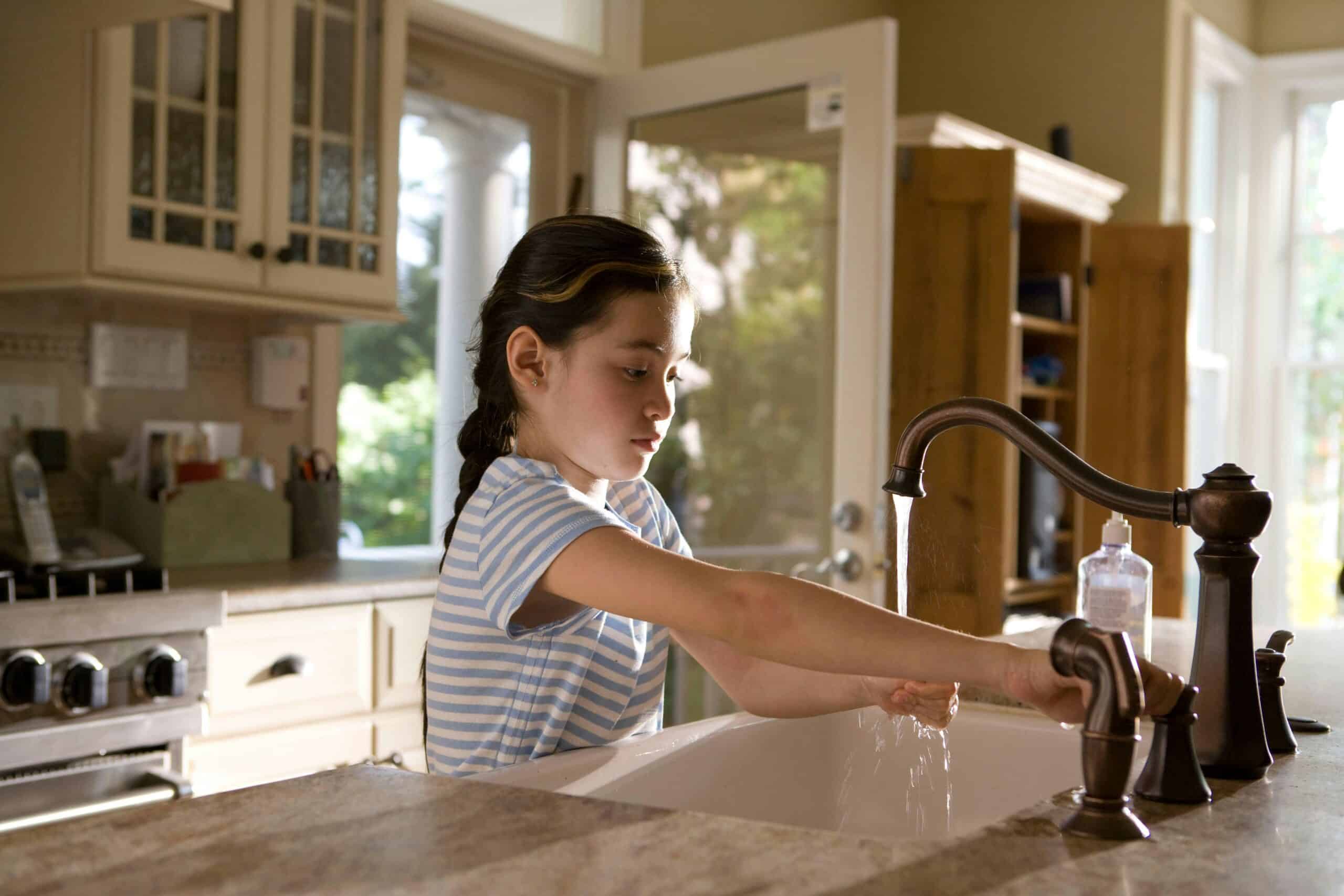Why Consider a Whole House RO System?
Many people have realized the added benefits that a drinking water reverse osmosis system adds. Purer, worry-free, better-tasting water, which also makes better coffee, tea, and other beverages, is the biggest advantage. Often, the question comes up—why wouldn’t I install a reverse osmosis system for the whole house?
Yes, it’s true, a whole house RO system would have added benefits, such as the following:
- Nearly spot-free water at every tap in the home, which makes everything cleaner, from vehicles to faucets.
- Supreme drinking water quality at every tap in the home.
- Has the economical and hassle-free advantage of softening the water with far less, or no salt needed.
The reason reverse osmosis water filters have higher-quality water than most other common purification systems is that they reduce the total dissolved solids (TDS) of the water. This makes RO a strong water solution for serious water quality issues.
Compare this to other common technologies. Carbon filters, for example, improve the taste and smell of the water by adsorbing contaminants into the porous carbon material. Items that carbon filters excel at reducing are chlorine, hydrogen sulfide, VOCs, and other chemicals.
Water softeners and other similar systems work on the principle of using ion exchange resins to attract and remove unwanted minerals in water, such as calcium, magnesium, iron, and manganese. The disadvantage, however, is that as ions of unwanted minerals are removed, replacement ions are released into the water, in most cases, sodium. This is why they are termed “ion exchange softeners.”
Because replacement minerals are added to the water, the TDS levels are not lowered—in fact, TDS levels are often slightly higher after a water softener. (For more information, please reference our blog article, “How Does a Water Softener Work?”)
Those who will benefit most from the advantages of a whole house RO system are homeowners who live on highly contaminated water, or water with high hardness, high salts, or high TDS levels. They would therefore need multiple pieces of equipment to accomplish desired results—something that the whole house RO system could accomplish on its own.
What a Whole House Reverse Osmosis System Includes and How It Works
A whole-house RO system is often only part of various stages in a treatment train. In most cases, it is the core component, doing most of the hard work. Here is an outline of how a typical RO system is designed, although setups can vary, as a whole house RO system is a highly customizable system, adaptable to various water quality parameters.
- Pre-filter – The first important step before the RO system is sediment removal. A typical one-micron cartridge filter is usually sufficient. If there is chlorine present, an activated carbon filter may be used, as chlorine is harmful to the sensitive RO membrane. Pre-filters are essential to reduce contaminants early in the process.
- Anti-scale – A membrane is also sensitive to mineral buildup, so an antiscalant is often injected to keep the membrane from plugging. Softening the water is an alternative option, but this wastes a lot of salt, which was the common method in days before antiscalants were popular.
- RO membrane – Here is where the hard work happens. The water passes through a semi-permeable membrane, which most contaminants are too large to pass through. These unwanted minerals, metals, and chemicals are discharged to a drain as wastewater. High-quality membranes are crucial to system performance.
- pH neutralizing – Because the end product closely mimics the natural purification process of evaporation, leaving minerals behind, pure RO product water is often slightly acidic, like rainwater. Acidic water can be hard on plumbing and fixtures, so it is common to run the water through a pH-neutralizing filter after the RO. If particular chemicals or hydrogen sulfides are present, a polishing carbon filter may be necessary as well.
- Storage tank and pump – Most whole-house RO systems work best on the principle of filtering water slowly into an atmospheric tank. The storage tank and re-pressurizing pump are critical so that necessary amounts of water can be drawn whenever household usage demands. The tank ensures ready access to filtered water.
- UV and other polishing options – After the RO tank, a necessary component to use is a final sediment and/or carbon filter and a UV disinfection system as a final insurance barrier against bacteria. Depending on the water quality scenario, a small polishing water softener may be a helpful option to polish out small amounts of hardness minerals.
Together, all these components, with the reverse osmosis RO systems at the core, ensure that the water you have is filtered to as near perfection as possible. Keep in mind that actual setups often vary from situation to situation, as the whole house RO system is typically a highly customizable system.
What makes an RO system “high quality” is the correct sizing and design of equipment, so that each stage of filtration functions seamlessly with one another. If designed correctly, household water filtration systems can be easy to maintain. If designed poorly, they can become a maintenance nightmare.
Pros and Cons of Whole House RO Systems
Pros
- Delivers great-tasting, highly purified water at every tap.
- Improves the health and longevity of plumbing by reducing corrosive minerals that even water softeners won’t remove.
- Requires less regular maintenance since the RO system uses no salt, or far less salt, depending on setup.
- Lowers TDS levels, which results in nearly spot-free water, even fewer water spots than softened water.
- Removes a wide range of contaminants compared to other technologies.
Cons
- Higher upfront cost, due to multi-stage components and customized setup.
- Typically wastes more water than other treatment methods.
- Requires more electricity because of running additional pumps.
- Requires more space because of the large storage tank and filtration equipment.
Installation Requirements & Home Compatibility
If you’re interested in whether a whole home RO system is right for you, it may be best to hire a water quality specialist who has experience in various water treatment methods. Because of sufficient experience, a specialist can identify a few factors that will be crucial in determining what filtration setup will best fit your situation.
- Water quality – This is arguably the most important factor. For example, if your water supply has high hardness levels, yet the TDS is not far out of range, a water softener will likely improve the water quality sufficiently for domestic uses, and an RO system for drinking water will provide sufficient further purification. A whole-house RO is usually only recommended for very bad quality water or for specialty applications.
- Space requirements – A whole-house RO system requires a much larger footprint than conventional water softener setups. Therefore, planning ahead during system design is crucial.
- Water quantity – Reverse osmosis systems, while they deliver purer water, also produce more wastewater. Make certain that the water supply is sufficient, especially if from a private well. Also, remember that if purchasing water from a public source, your water consumption will likely increase because of additional wastewater.
Maintenance: What’s Required to Keep a Whole-Home RO Running Smoothly
A typical every-other-month maintenance checklist for house water filtration systems includes:
- Check filters to see when a change is due.
- Check RO system production flow, drain flow, and pressure.
- Check antiscalant solution, refill as needed.
Additionally, once per year, a more in-depth service is recommended, including:
- Sanitizing the reserve tank.
- Maintaining the antiscalant injector.
- Change UV lamp and clean quartz sleeve.
- Check for proper purity levels after the RO system.
- Replenish and flush the pH neutralizer.
Properly designed, RO membranes should last 5 to 10 years before replacement is required. A system that has a plugged or partially plugged membrane will manifest itself by producing less water, therefore running longer and filling the tank slower than normal.
Aquanology is here to assist with any maintenance needs, with flexible scheduled service plans. Or we can provide you with the tools and training so you can properly do it yourself.
Is a Whole House RO System Right for You?
Discuss with yourself a few of these questions:
- What is my raw water quality like?
- What is the target water quality after treatment, or what contaminants would I like to have removed?
- What are my budget constraints for my water system?
- Do I have sufficient space and a sufficient water supply?
A water quality expert can help you sift through these questions and determine whether the whole house RO should be your go-to strategy or whether a more cost-effective method will suffice.
When is a Whole House RO System Worth the Investment?
If it is the only treatment method that will work
- For example, a water softener will not reduce TDS or remove sulfates, salt, nitrates, or chlorides. If these need to be removed for the whole house, the RO may be one of your few options.
If a softener is too high maintenance
- Some homes with extremely hard water can consume over a pallet of softener salt per year. In cases like this, an RO system may drastically reduce maintenance responsibilities.
If better than typical water quality is desired
- While many homeowners find that softening the water reduces water stains sufficiently, others who are more particular may not be satisfied until utilizing the near spot-free properties of RO purified water. For other homeowners, the payoff may be the fact that an RO delivers bottled water quality to every tap in the home.
Frequently Asked Questions
What is the difference between a whole house RO system and standard water filter systems?
Standard water filter systems, such as activated carbon or sediment filters, typically focus on improving taste, smell, or removing a limited range of contaminants. A whole house reverse osmosis (RO) system, on the other hand, significantly reduces total dissolved solids (TDS), removes a broader range of impurities, and delivers high-quality filtered water to every tap in your home.
How do reverse osmosis water filters compare to other water treatment options?
Reverse osmosis water filters remove contaminants by forcing water through a semi-permeable membrane, effectively separating out minerals, salts, heavy metals, and other impurities. This differs from systems like water softeners, which use ion exchange to reduce hardness but don’t lower TDS. RO systems provide a more comprehensive solution to water quality issues.
Is the water from a whole house RO system safe to drink?
Yes, RO-treated water is extremely safe to drink. It offers great tasting water that’s been purified to remove a wide range of contaminants. When combined with activated carbon and UV filtration, the system includes multiple barriers to ensure safe, clean drinking water.
Will a whole house RO system reduce contaminants like nitrates and lead?
Yes. Whole house reverse osmosis RO systems are capable of removing nitrates, lead, arsenic, fluoride, salt, and other common water contaminants that many other filtration systems struggle with. This makes them especially useful in areas with serious water quality issues.
Do I still need a pre filter if I install a whole house RO system?
Absolutely. A pre filter is essential to protect the RO membrane. Sediment and chlorine must be removed prior to the membrane stage to prevent fouling and damage. Most systems use a combination of sediment and activated carbon pre filters.
What is total dissolved solids (TDS) and why does it matter?
TDS refers to the total amount of substances dissolved in water, including minerals, salts, and metals. High TDS levels can affect taste, damage appliances, and indicate the presence of undesirable contaminants. RO systems are one of the few water solutions that significantly reduce TDS.
How much space does a whole house RO system require?
The number of individual system components, like the storage tank, re-pressurizing pump, and multiple filtration stages, means that whole house systems require more space than traditional systems. Proper planning ensures that your home can accommodate the system comfortably.
How often do I need to replace filters and membranes in a whole house RO system?
Pre filters and carbon filters typically need to be changed every 6–12 months, depending on usage and water quality. RO membranes last between 5–10 years when properly maintained. Regular inspections are key to maintaining performance and great tasting water.
Can a whole house RO system replace a water softener?
In many cases, yes. A whole house RO system removes hardness minerals and reduces scale buildup, offering similar benefits to a water softener. Sometimes a small polishing water softener is included after an RO system, but takes far less maintenance than a standalone water softener.
Does the system include a storage tank?
Yes, most whole house reverse osmosis systems include anatmospheric storage tank. This allows water to be filtered slowly and stored for high-demand use, ensuring you always have access to filtered water when needed.
Is a whole house RO system a good fit for my well water?
In many cases, yes. Well water often contains high levels of TDS, iron, manganese, and bacteria. A properly designed RO system with UV disinfection and appropriate pre-treatment can be an effective solution for treating private well water.
How much maintenance is required for house water filtration systems using RO?
Maintenance involves regular filter changes, checking system pressure, maintaining antiscalant levels, and annual UV lamp replacement. Compared to water softeners that require salt refills and regeneration cycles, RO systems can be less labor-intensive when properly designed.
Will installing a whole house RO system increase my water bill?
Reverse osmosis systems produce wastewater during filtration, which can lead to higher water usage. While the increase is typically modest, it’s worth considering, especially if you’re on a metered public supply. Properly configured systems minimize water waste as much as possible.
Considering a Whole House RO System?
A whole-house RO system provides top-quality water throughout the home. However, because of higher price and specialty requirements, a whole-house RO may not be appropriate for every homeowner. In some cases, a drinking water RO system may be the route to take.
Feel free to reach out to Aquanology for a complimentary water test and consultation regarding the water quality that you are dealing with. We’ve been installing and maintaining RO systems for over 12 years, and we deal with problematic water every day.
You’ll experience friendly and transparent advice, expert solutions tailored to your needs and expectations, and follow-up service you can count on.
